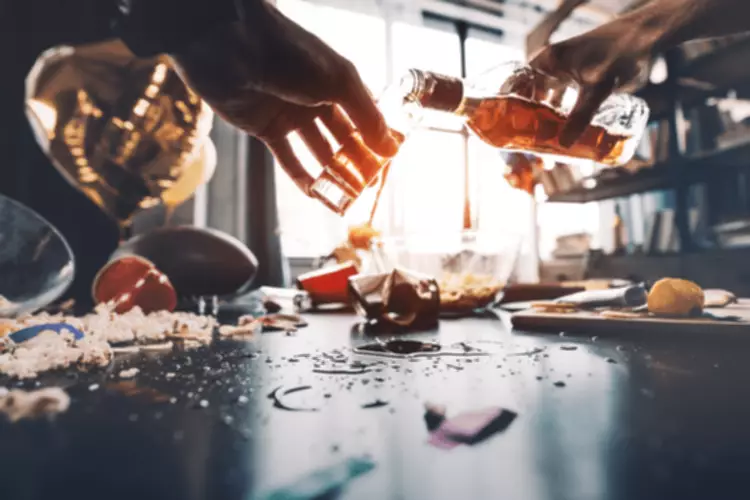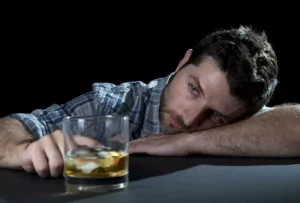
Long-term alcohol use leads to the buildup of tolerance, a situation where the individual needs to drink more alcohol to get the same effects. Using alcohol in increasing amounts can lead to dependence, a situation where alcohol is required for normal functioning. An alcohol-dependent person will experience severe withdrawal symptoms if they suddenly https://ecosoberhouse.com/ stop or reduce alcohol use. These symptoms include headaches, nausea, vomiting, chills, fever, tremors, and abdominal pain. The physical signs of alcoholism or an alcoholic face differ among individuals. While spotting these signs does not offer a conclusive diagnosis, it can help you understand what may be happening to your loved one.
Visible Blood Vessels
It’s become such an intricate part of their lives that they rely on it to help them deal with stress, loneliness, anger and other emotions. Just imagine the person sitting at home at night with a bottle of wine because they have nowhere to go. Then, there’s the person who grabs a 12-pack of beer after a long, hard day at work. As mentioned above, Robert Downey Jr. had plenty of opportunity to recognize the problems in his life. Multiple times he was arrested or confronted by friends or family, demanding that he see the trouble he’d gotten himself into and do something to fix it.

How Does Alcoholism Affect Body Weight?

Drinking has become a socially acceptable behavior in society that sometimes, it can be difficult to determine if a person is suffering from alcohol use disorder. Jellinek has contributed to how medical professionals understand alcoholism Do Alcoholics Drink Every Day to this day. Typically, alcohol withdrawal symptoms happen for heavier drinkers. Alcohol withdrawal can begin within hours of ending a drinking session. Alcohol detox isn’t easy and not everyone can do it on their own.
Most Common Changes In An Alcoholic’s Face
This disorder also involves having to drink more to get the same effect or having withdrawal symptoms when you rapidly decrease or stop drinking. Alcohol use disorder includes a level of drinking that’s sometimes called alcoholism. Alcoholic myopathy is a condition that causes loss of function, strength, and deterioration of muscles after prolonged excessive alcohol consumption or binge drinking.
Beyond the alcoholic face changes, alcohol addiction can leave other physical signs, like a disheveled look. An individual struggling with alcohol abuse may neglect personal hygiene and grooming practices, leaving them with an unkempt appearance. They may also look exhausted from lack of sleep and dehydration due to excessive alcohol use. The best way to combat the physical symptoms of alcoholism is to address the underlying addiction before it becomes too late.
- Only a medical expert can determine whether weight changes are due to alcohol use or an underlying health condition.
- Drinking too much alcohol enlarges blood vessels in your face, resulting in facial redness and changes in skin tone and texture.
- High-functioning alcoholics are prevalent in the United States and all over the world.
- They may only feel well when they maintain a consistent level of alcohol in their bloodstream.
- It makes your body release stress hormones that narrow blood vessels, so your heart has to pump harder to push blood through.
- The affects can range from dementia and intellectual functioning to debilitating conditions that require long-term care, even if a person has been sober for a period of time.
- Late-stage, or end-stage alcoholism, is a full-blown addiction to alcohol, often with damaging physical and mental health effects.
- The liver processes most of the alcohol we drink but is unable to deal with all of it.
- Visible blood vessels, otherwise known as spider veins, are a common physical symptom of alcoholism [16].
- The most destructive form of alcoholism is chronic alcoholism, an emotionally, socially and physically devastating disease.
A red face, puffiness, and changes in the look and feel of your skin are all physical signs of too much alcohol. The thing is, even moderate alcohol consumption can affect your face. Dehydration is a biggie when it comes to dry skin, puffiness, and management of skin conditions like psoriasis or rosacea. While we offer traditional treatment which includes individual counseling and group therapy, we also take a holistic approach towards addiction overall. We focus on the health of the whole person, supplementing therapy and detox with a full nutrition program, regular opportunities for exercise, and social activities.



